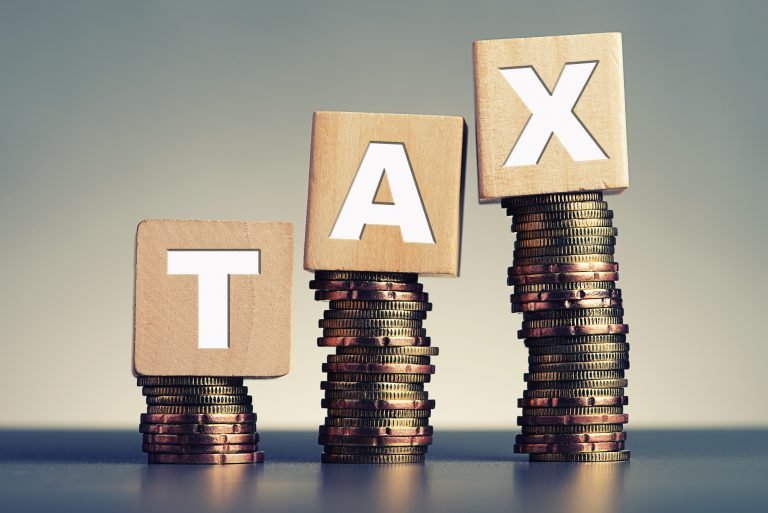Brexit impact on Making Tax Digital (MTD)
Brexit impact on Making Tax Digital (MTD)">
Much of the reporting around Brexit has concentrated on the impacts at the border with all the additional paperwork but it is worth noting these changes extend to the way you record VAT as well. While the tax return submission process will remain the same, it is necessary to update how you record purchases from and sales to the EU if this return is to remain accurate.
When the transition period ended on the 1st January, the UK left the EU single market and customs union meaning all EU trade should be processed in the same way as trade from the rest of the world. If buying from or selling to the EU, HMRC will now refer to these as imports/exports rather than acquisitions/supplies but before we look at what else has changed, it is probably worthwhile taking a moment to look at what is in the 9-boxes you are submitting to HMRC:
- Box 1 – VAT Due on sales
- Box 2 – VAT Due on acquisitions from the EU
- Box 3 – Total VAT Due (1 + 2)
- Box 4 – VAT Reclaimed
- Box 5 – Net VAT (3-4 or 4-3, take the smaller figure from the larger)
- Box 6 – Total Sales excluding VAT
- Box 7 – Total Purchases excluding VAT
- Box 8 – Total value of all supplies to EU
- Box 9 – Total value of all acquisitions from EU
These 9-boxes will remain but only Northern Irish companies will continue to complete boxes 2, 8 & 9 as they are still counted as part of the EU under the Northern Irish Protocol. For a company elsewhere in the UK, when importing goods from the EU, you are less likely to be charged VAT by the seller so you will now be liable to pay VAT on the goods as soon as they arrive into the country, to avoid this you have two options:
- apply for a Deferred VAT Account and pay monthly by direct debit or
- put through on your VAT return as Postponed VAT.
Many will opt for the latter as it is effectively the same as the reverse charge you are familiar with, a new VAT rate for Postponed VAT should be created and assigned to the appropriate suppliers and products so it is applied when importing goods.
The Tax Report in IFS Tax Ledger will also need to be updated to reflect the new rate, in the simplest terms, the VAT will be added to Box 1 and simultaneously be reclaimed via Box 4, while the net value of the import is added to Box 7. It should be noted that while Postponed VAT is a new innovation for Brexit, it can be used for all imports, coming from anywhere in the world.
When exporting, check with HMRC if you are entitled to issue zero rated invoices but, if that is not an option, you may find that the removal of the Distance Selling Thresholds (which allowed up to £70,000 in supplies before you had to register to pay local VAT) mean you will need to make a VAT declaration in another EU country. In this scenario, you will need to record the sales with a new VAT Code, register and submit returns as per that country’s requirements.
Now we are only addressing here the implications for VAT, when taken as a whole, the changes wrought by Brexit are many and profound and if you are affected, the HMRC Brexit Checker Tool should be your first port of call. The latest Guides to exporting and importing updated by HMRC on the 12th January give you a process to follow with all the links to the detail but it remains a non-trivial exercise.
As always, whether you are based in the UK or EU, our experts stand ready should you require assistance clearing any of the new bureaucratic hurdles
